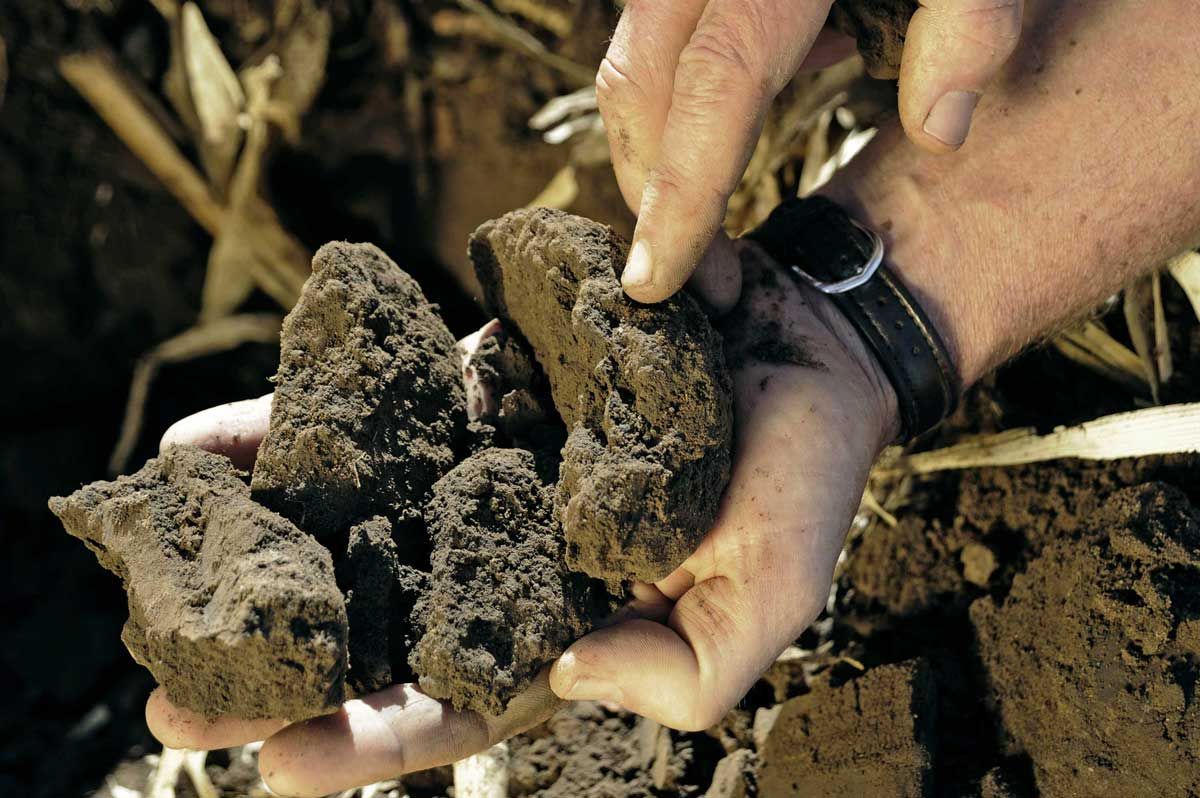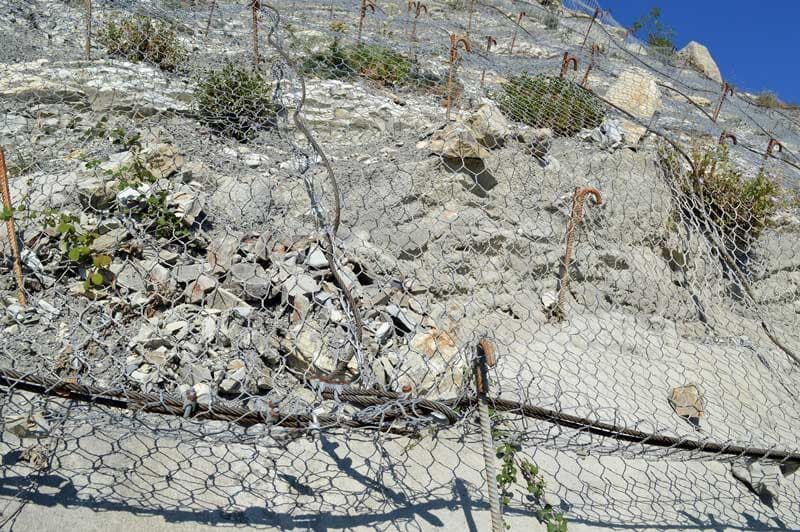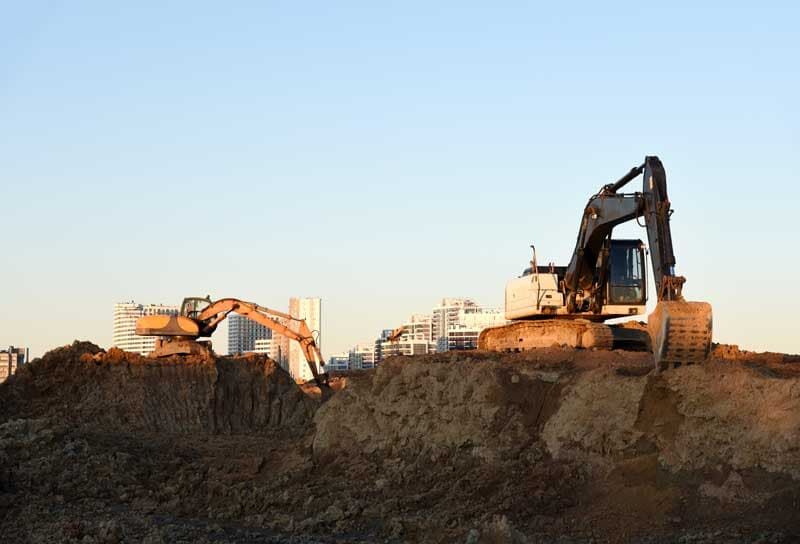What We Do
Home
> What We Do
Geotechnical Engineering Services
Soil Assessment & Earthworks
PGI North QLD provides an extensive range of services including soil testing and investigation, landslide risk assessment, slope stability, earthworks and construction. Our team uses state-of-the-art soil testing and construction equipment on all of our projects.
This, along with our team of skilled engineers and team members, helps us deliver superior-quality projects to all of our clients throughout the region. We’ve been in operation since 2014 and our principal engineer has more than 30 years of international industry experience.
PGI North QLD provides an extensive range of services including soil testing and investigation, landslide risk assessment, slope stability, earthworks and construction. Our team uses state-of-the-art soil testing and construction equipment on all of our projects.
This, along with our team of skilled engineers and team members, helps us deliver superior-quality projects to all of our clients throughout the region. We’ve been in operation since 2014 and our principal engineer has more than 30 years of international industry experience.
SOIL TESTING & GEOTECHNICAL INVESTIGATION
Our soil testing services include pre-construction testing, ground investigation and site classification for commercial, industrial and residential developments. Our soil testing service complies with Australian Standards – AS2870-2011 for residential developments. We have an accurate and scientific approach that allows us to determine whether your property’s ground conditions are suitable for new construction builds.
SLOPE STABILITY & LANDSLIDE HAZARD RISK ASSESSMENT
Landslide Hazard Risk Assessment and Global Stability Analysis is important for residential, industrial and commercial developments. PGI North QLD’ team of engineers examine lots based on individual risk hazard. During the investigation of your block, we will analyse the slope stability. Once testing is done, we will create a comprehensive assessment on your land’s overall safety, giving you, or your builder or developer, details outlining the exact condition of your lot.
EARTHWORKS & CONSTRUCTION SUPERVISION
Earthworks construction needs to be done using a specific method under Australian Law. This means that having an authorised review and test process is an essential part of complying with Australian industry standards. PGI North QLD is a provider of earthworks and construction supervision services. Our level 1 earthworks testing complies with Australian Standard 3798 and our geotechnical reports are guaranteed factual and scientific.
Frequently Asked Questions
What is geotechnical engineering?
Geotechnical engineering is a specialised branch of engineering that studies rock and soil behaviour from an engineering viewpoint. This involves the study of slope stability, landslide risks, avalanches and rock fall.
What is the importance of a landslide risk assessment?
It is important to have a landslide risk assessment done especially for new builds since this determines whether your lot is safe from potential landslides or otherwise.
Why is it important to test soil prior to construction?
The soil takes all of the weight once construction starts, which is why it is important to determine whether the soil will be able to withstand the weight and pressure of the structures that will be built above it.
How is soil testing done?
Soil testing is done by collecting soil samples, preparing the sample for testing, undergoing different kinds of tests and evaluation, analysing the results and making recommendations on soil quality and whether it is safe for site construction.
What are examples of soil tests that are done for construction?
The following are some of the soil tests done before a construction takes place on a lot:
- Moisture content test
- Specific gravity of soil
- Dry density of soil
- Atterberg limits tests
- Compaction test
What are the two methods used for doing dry density tests on soil?
The two main methods used for dry density soil tests are the core cutter method and the sand replacement method








